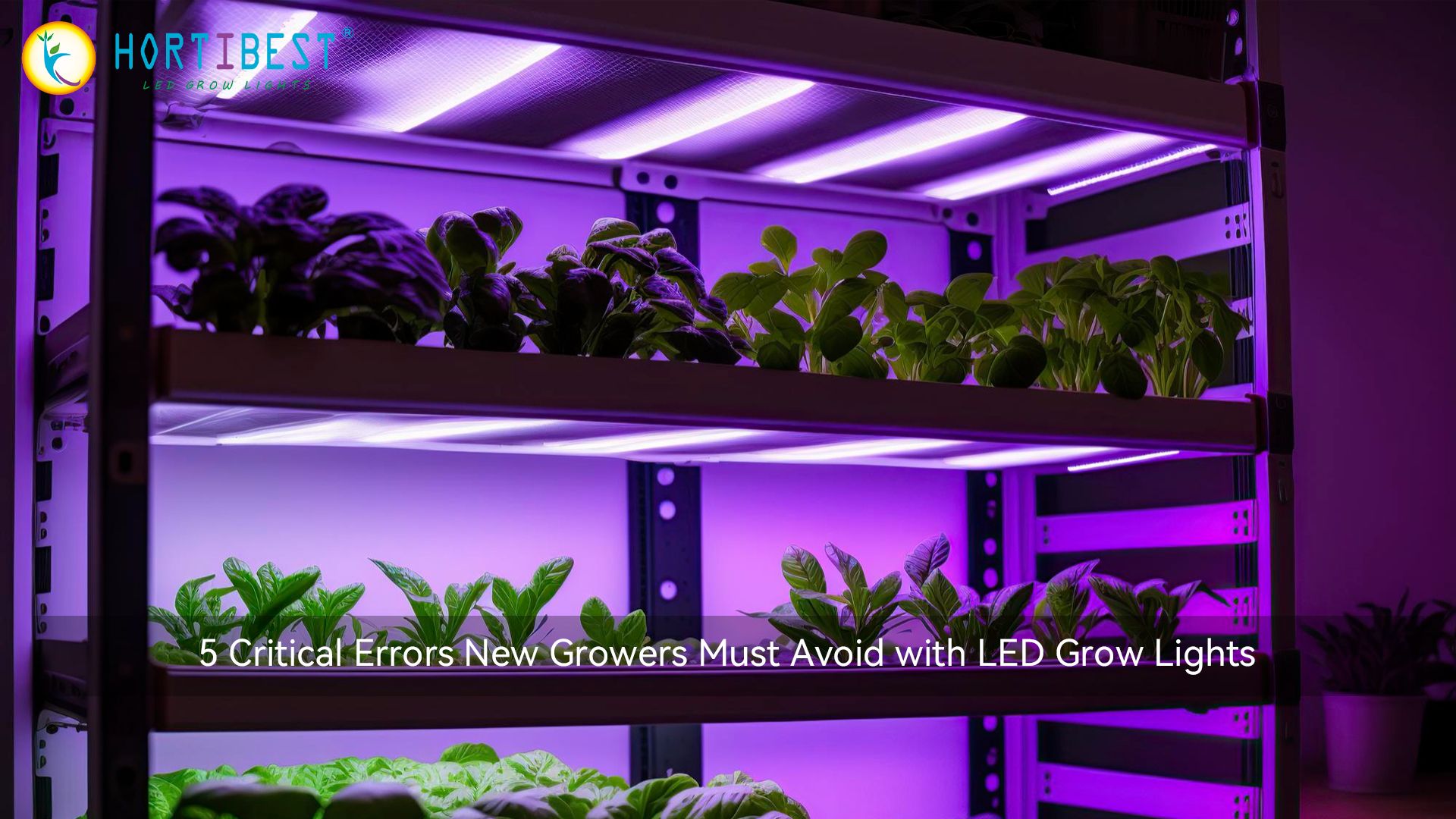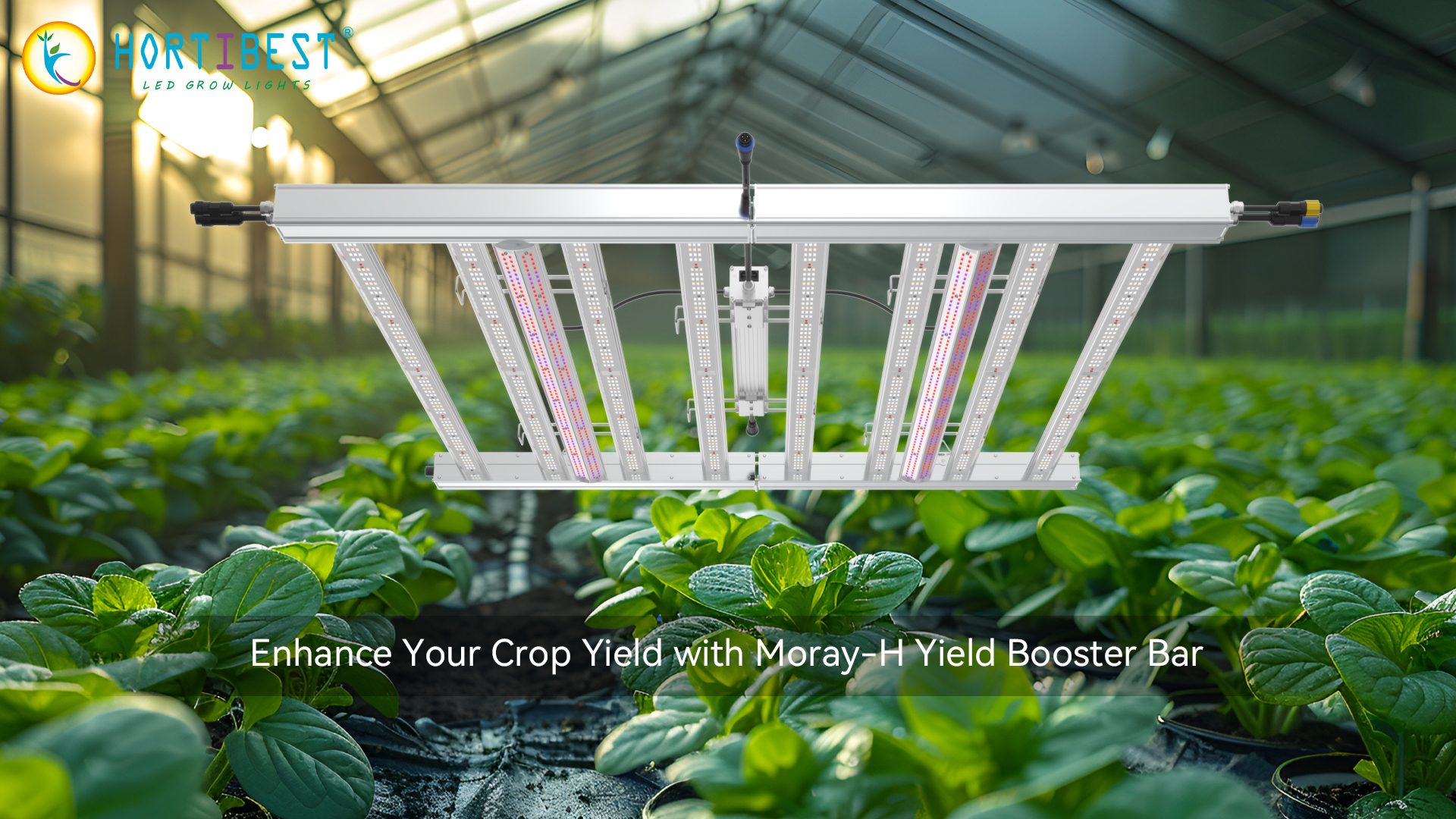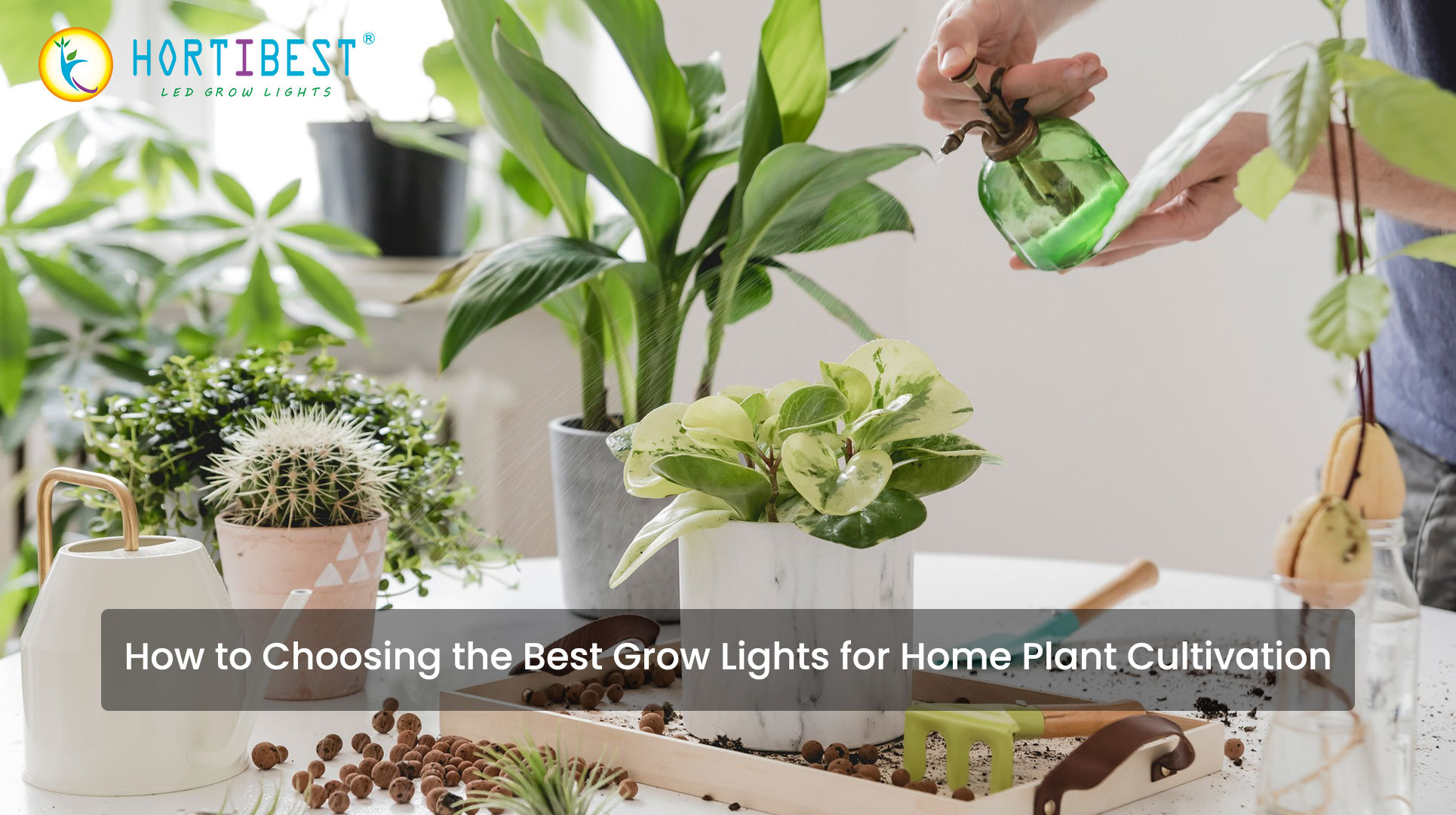In contemporary horticulture, an increasing number of cultivators are shifting away from conventional HID and T5 fluorescent lamps towards the installation of LED lighting systems. This transition is propelled by several advantages, most notably the reduced heat emission of LEDs compared to HID sources. This thermal advantage significantly alters the proximity at which LED grow lights can operate near the plant canopy compared to traditional lighting systems.
Understanding the optimal distance for LED grow lights is crucial for harnessing their full potential across different stages of plant growth. In this comprehensive guide, we delve into the diverse lighting requirements of various plants based on their growth phases. Furthermore, we explore how to determine the appropriate distance of LED lighting from the plant canopy to foster optimal growth.
Measuring Light for Plant Growth
Let's begin by defining PAR and PPFD. PAR, or Photosynthetically Active Radiation, encompasses the visible spectrum of light (400nm-700nm) that plants "see" and utilize for photosynthesis. PPFD, on the other hand, quantifies the amount of light (PAR) received by plants over time, expressed in micromoles per square meter per second (μmol/m²/s).
One effective way to visualize PPFD is to envision sunlight "pouring" onto the leaves of plants. As sunlight bathes the plants, their leaves absorb energy. PPFD measures the amount of light (photons) "poured" onto plants over time, serving as a crucial metric for accurately gauging photosynthetic light intensity at the canopy level. This is pivotal as lights too close to the canopy can lead to burning, fading, growth inhibition, or discoloration.
LED Grow Light Distance Chart

Table 1: LED Grow Light Distance from Plant Canopy (850W Octopus-H10L)
The table showcases the performance of a 850W LED grow light at various distances from the plant canopy. It outlines light intensity in lux, provides PPFD (μmol/m²/s), and illustrates the "light footprint" or canopy coverage. Intensity, PPFD/PAR, and the "light footprint" all fluctuate with increasing or decreasing distances between light and canopy.
The table also highlights how altering the distance of the same 850W LED light affects the light intensity received by plants and the "light footprint" or canopy coverage. Increasing the distance from the canopy typically results in higher light intensity. Generally, during the vegetative stage, grow lights should be positioned closer to the canopy, while during flowering, they should be raised higher.
Placement of Grow Lights
For seedlings, LED grow lights are typically installed between 24-36 inches above the plant canopy – this varies based on the light source's wattage. Placing LED grow lights at the farthest position from seedlings (~36 inches) helps maintain lower levels of heat and light intensity, aiding in preventing seedling desiccation. As roots establish and growth begins, lights can be gradually brought closer (usually within the first 2-3 weeks).
During the plant growth phase, LED grow lights should be positioned 12-24 inches from the top of the canopy. At this stage, photosynthesis requires more light, hence the light source should be nearer to the plants.
As plants enter the flowering stage, their demand for intense light diminishes. The top leaves of the canopy should be positioned 18-24 inches from the light source to facilitate flower production. It's during this stage that plants increase in height and bear fruits. Depending on the light and desired growth characteristics of crops, light height adjustments may not be necessary during flowering, especially when aiming for compact plant sizes.
How Far Should LED Grow Lights Be from Seedlings?
During the initial growth phase, seedlings are delicate and require lower light intensity. This implies avoiding premature intensity increases as seedlings thrive better under gentler lighting. Depending on the light's size, maintaining grow lights between 24-36 inches above the soil surface is safe and beneficial for seedling growth.
LED Grow Light Distance from Plant Clones
Cloning in plants involves using cuttings or shoots from mature plants to grow another plant of the same species. The distance of LED grow light above clones differs from the height needed for seedlings. For clones, they typically require a shorter distance from the light source to promote robust growth without excessive stretching. This is usually achieved by maintaining lights at approximately 12-18 inches above clones.
In conclusion, optimizing the distance of LED grow lights from plants is a nuanced process that significantly influences plant development and productivity across growth stages. By strategically adjusting light placement based on growth phases and plant types, cultivators can enhance yield, quality, and overall crop success.
 5 Critical Errors New Growers Must Avoid with LED Grow Lights
5 Critical Errors New Growers Must Avoid with LED Grow Lights
 Enhance Your Crop Yield with Moray-H Yield Booster Bar
Enhance Your Crop Yield with Moray-H Yield Booster Bar
 How to Choosing the Best Grow Lights for Home Plant Cultivation
How to Choosing the Best Grow Lights for Home Plant Cultivation